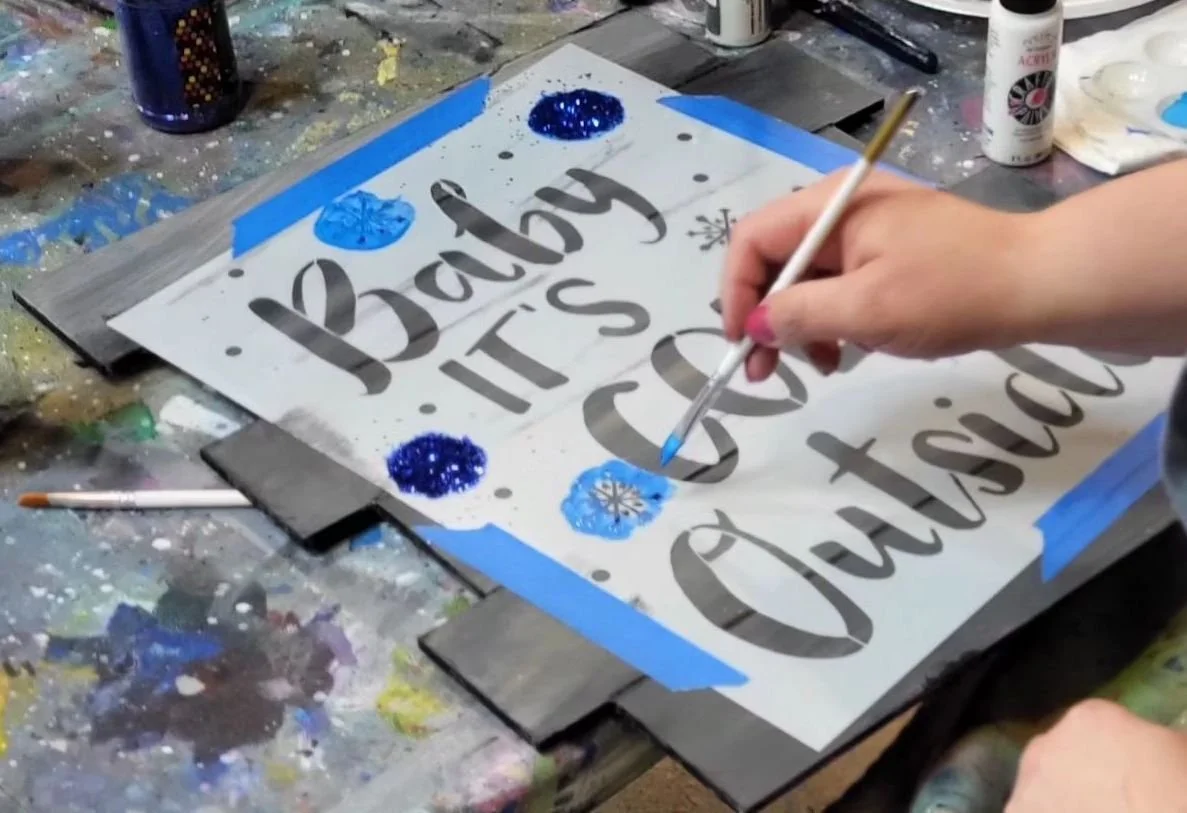Alternative Surfaces for Your Paint and Wine Masterpieces
Painting is an art form that knows no bounds when it comes to creativity. While canvas is the traditional surface, there are countless alternatives that can add a unique dimension to your artistic creations. In this blog post, we'll explore the world of alternative surfaces for painting, offering fresh ideas for your next paint and wine night.
Subheading 1: Beyond the Canvas - Exploring Creative Possibilities
The concept of painting on surfaces other than canvas opens up a world of creative possibilities:
Wood Panels: Painting on wood panels provides a rustic and textured surface. It's an excellent choice for creating a weathered or antique look.
Fabric: Fabrics like burlap, denim, or muslin offer a tactile and versatile surface. They can be used for both acrylic and watercolor painting.
Glass: Glass surfaces, such as old windows or glass bottles, can create a translucent effect, allowing light to shine through the painting.
Unconventional Surfaces for Unconventional Art
Unconventional surfaces can lead to unconventional and fascinating art:
Upcycled Materials: Transforming old furniture, doors, or shutters into painted works of art can add a touch of nostalgia and charm.
Rocks and Stones: The natural texture of rocks and stones can make for unique and outdoor-friendly artworks.
Recycled Metal: Think outside the canvas and explore painting on old metal objects like hubcaps or metal sheets.
Experimenting with Mixed Media
The beauty of alternative surfaces is that they can be combined with various mediums for mixed media art:
Textured Collage: Use alternative surfaces to create textured collages by layering different materials and paint.
Incorporate Text: Experiment with adding text or calligraphy to your painting using alternative surfaces like vintage book pages.
3D Effects: Combine unconventional surfaces with sculptural elements to add a three-dimensional aspect to your art.
[Internal Link 2: Learn about the endless possibilities of mixed media art]
External Link 1: Explore more alternative surfaces for painting
Preparing Alternative Surfaces
Preparing alternative surfaces for painting requires some considerations:
Priming and Sealing: Most alternative surfaces need to be primed or sealed before painting to ensure the paint adheres properly and doesn't seep through.
Sanding and Texturing: Depending on the surface, you may need to sand or texture it to achieve the desired effect.
Experiment and Practice: It's a good idea to practice on a small section of your chosen surface before committing to the full artwork
Preservation and Display
Preserving and displaying artworks on alternative surfaces can be unique in itself:
Varnishing: Applying a varnish or sealant to protect the artwork is essential, especially when dealing with unconventional surfaces.
Framing: Some alternative surfaces, like wooden panels or glass, may require custom framing to protect and showcase the artwork.
Hanging and Installation: Consider how you'll hang or display the art, as unconventional surfaces may require special fixtures or stands.
In conclusion, experimenting with alternative surfaces for painting can breathe new life into your artistic endeavors. From wood panels to upcycled materials, unconventional surfaces offer a world of creative possibilities. Whether you're looking to add a rustic touch to your art or create a conversation piece, the options are endless. Just remember to prepare your chosen surface properly and consider preservation and display methods to ensure your paint and wine masterpieces shine. Your next paint and wine night might just lead to a masterpiece on an unexpected canvas.
https://paintwinestudio.com/team-building
https://partnersinfire.com/passion-fire-2/painting-surfaces/

